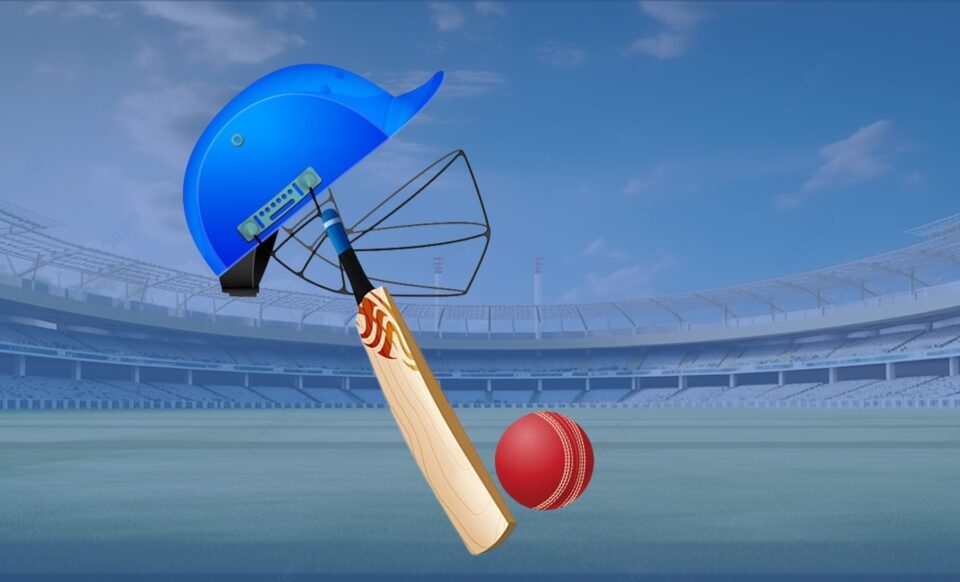N.B. Nair
New Delhi (ISJ): Despite being the second most popular game in the world and one of the highest revenue-earning, cricketing bodies have not given serious attention to scientific development of gears for the sports.
A leading sports medicine specialist based at Goa, Dr Mahendra Suresh Kudchadkar says neither the cash-rich BCCI nor manufacturers of cricketing gears have paid attention to the safety aspects of cricket balls, helmet, or pads.
“Manufacturers have no legislation to follow on standards and BCCI has no say in it. People use the equipment by price. There is of course an ISI standard for helmet. But it is not specific for cricket, general for all helmets. Helmets for cricket are tested the way it is done for motorbike helmets. They use what is called hammily test – by dropping the helmet from a certain height. Cricket ball is like a projectile missile; it has to be tested through a separate mechanism. Some of the higher-end companies like Shrey (India) and Masuri (UK) are using it,” rued Dr. Kudchadkar.
Dr Kudchadkar said, being cricketer himself, and a sports injuries specialist, he felt the helmets cricketers use are of poor fit, no matter what material is used or how well designed it is, it moves where it is supposed to fit. These helmets are not custom made, to exactly fit into the head shape of individual players. Even women cricketers are using the same helmet for men, though their anthropometric measurements are smaller.
Secondly, manufacturers have narrowed down the gap between the helmet and the visor so that the ball could not go through it. But the narrow gap has compromised the vision for safety. In a country like India, it sweats when there is no passage of air between the helmet and the visor – there is no effective absorption and drainage of sweat. The only alternative in the present situation is to give some vents in the helmet. But the material being used for the helmet is not appropriate to provide vents as it will weaken the helmet, suggested Dr. Kudchadkar.
According to the study carried out by Dr Kudchadkar, majority of the accidents in cricket fields are for the batsmen and the wicket keepers. The field umpires are also in a very close range to be hit. There were three deaths of umpires, of the total 87 deaths recorded due to ball hit. Besides there were life-threatening injuries, innings threatening injuries and thirdly career-ending injuries.
“The central guard or the abdominal guard is completely faultily designed. The problem is the pit. It is not very customised, the sizes are small, medium, and large and you really have to struggle to get it at the right place – it can be extremely painful if the ball hits there,” said the Ortho.
Dr Kudchadkar said, he is carrying out a comprehensive research on the safety aspects of cricketing gears and have talked to cricketers on their experience with the gears currently in use. “There is really no legislation on quality of cricketing gears; everything is happening in a haphazard manner. Only the companies are trying to sell newer designs. What they do is, they create a new product and engage a star player, who charges very high to promote it. That’s not the way it should be tested. It should be tested in a proper laboratory, under the supervision of BCCI or ICC,” suggested Dr Kudchadkar.
The doctor, who himself is a player, suggested the material that is used for the ball hasn’t changed since the beginning. Though a lot of research is being carried out and tested now, it hasn’t come to the field.
“I suggest something that’s biodegradable. The leather part of the ball should change, it is not ecofriendly. It should be changed to something more synthetic and biodegradable.”
“For helmet he suggested a combination of aramid or Kevlar and graphite. These are used in the bullet proof armours. It has the impact attenuation capacity. The helmet should be able to take the impact and should not get deformed.”
Dr Kudchadkar has not given his suggestions to any cricket board or cricket administrators. He is trying to test them in a laboratory and patent it in his name first, and then test it on the field. “Right now, I am working with BITS Pilani in Goa to test the gears in their lab.”
Image: Representational
Disclaimer: The opinion expressed in the article are those of the newsmaker and do not purport to reflect the opinions or views of the journalist or the publication.


